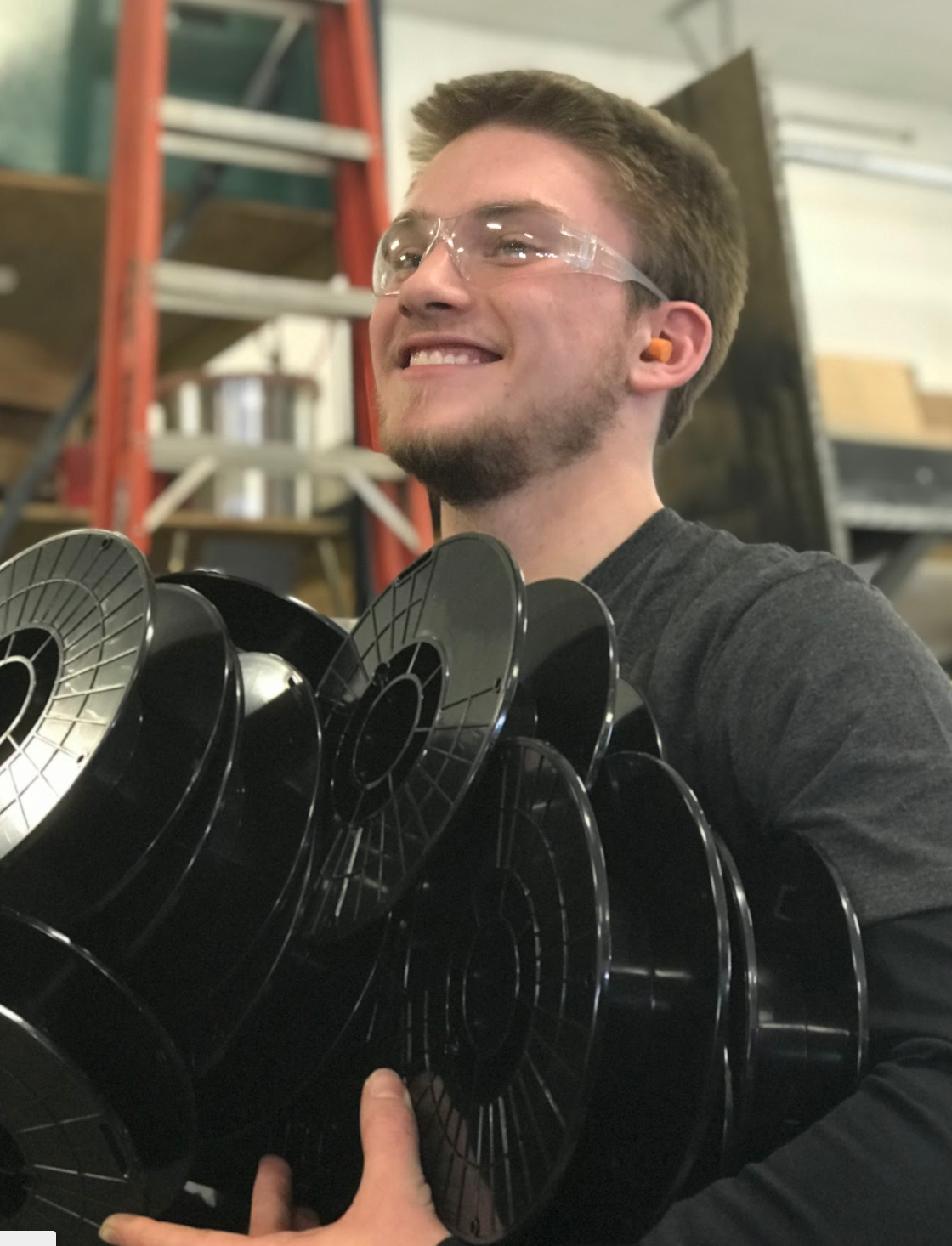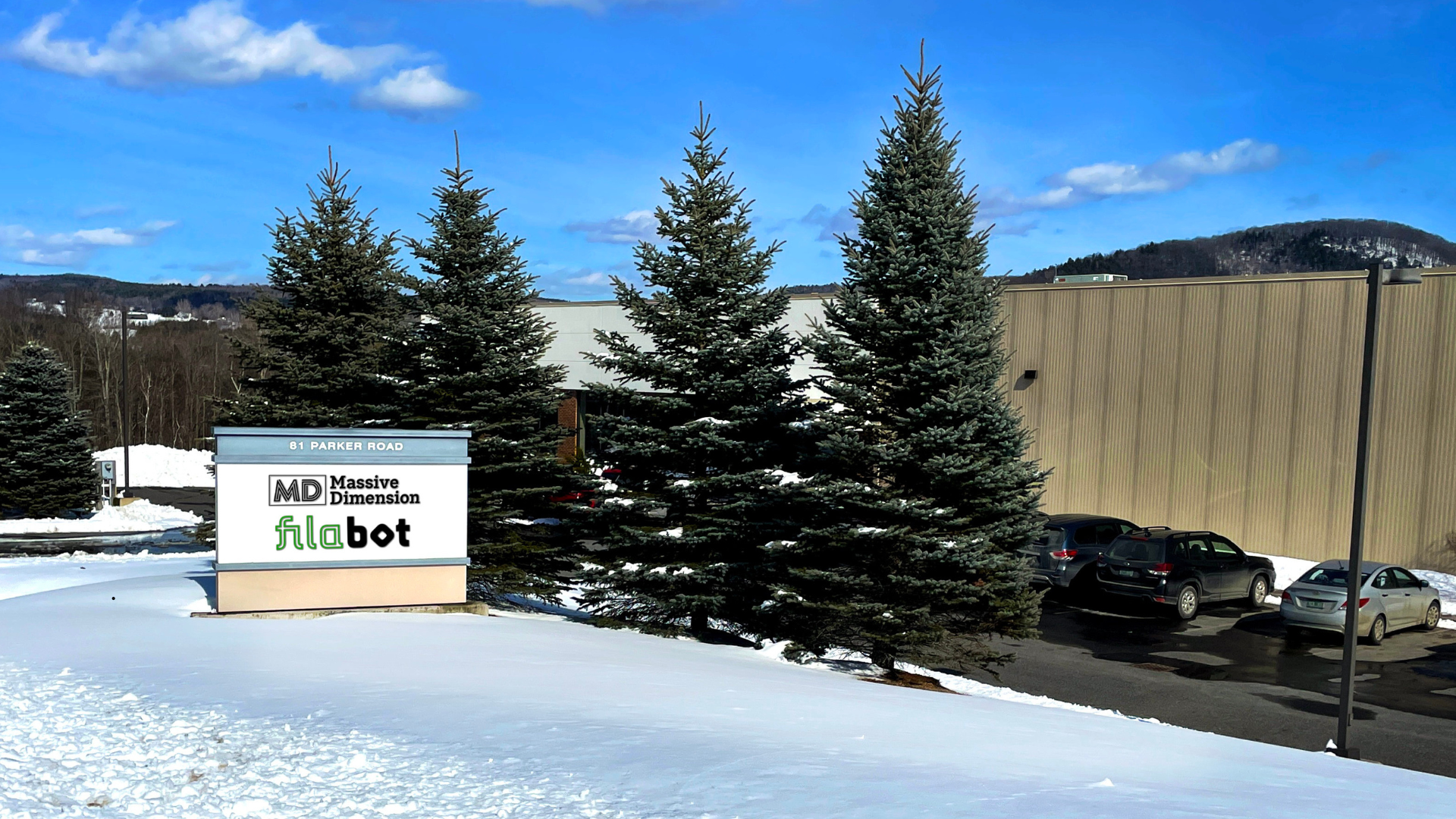Oh, additives.
It's funny. When we talk about the variety of plastics and the flexibility they have - both literally and figuratively - we're often talking about a very small percentage of what's in the plastic. The additives.
It makes sense that different plastic additives can dramatically change the properties of a type of plastic. Here at Filabot, we get into plastic additives a lot, and in some ways that aren't terribly common. Sure, we add colored pellets to our extruded plastic (typically a ratio of 100:1), but we do more than that. Lots more.
We're constantly combining plastics in ways that blur the boundaries between what an additive is and isn't. Let's talk a bit more about the ways you can use additives, either at small or large scale, to yield the types of plastic you need.
All plastics start with a base material - that foundational plastic that you'll add to. Properties are important here, but so is cost. You can dramatically change the final plastic with a (relatively) inexpensive additive. Anyone who has spent time extruding filament at volume knows that the cost of your base plastic matters quite a bit.
There are a number of classifications of additives. For the sake of discussion, let's list them.
- Fillers - metal, talc, granite, limestone, coffee grounds
- Colorant - opaque, glow
- Plasticizers - melt flow modifiers
- Stabilizers - inhibit degradation
- Antioxidants
- Flame retardants
- Ultraviolet (UV) Light Absorbers
- Antistatic Agents
- Blowing Agents - Foaming
- Anti-foaming
- Lubricants - Mold release, Slip Modifiers
- Reinforcements - Carbon fiber, Fiberglass, Kevlar
If we look closely at the categories, we can see that there are a few commonalities. The additives either help with plastic usage, manufacturing, or durability. And when we consider the real world, most plastics have multiple additives.
It's these additives that often create issues, though. These issues pop up when we're talking about recycling or toxicity or other subjects. We often talk about plastics as a single thing, as if they're all the same. The actual plastic, when we get right down to it, is pretty safe and stable. The additives we use, however... those can be a very different story.
Some additives, including those containing heavy metals, have been banned from use in various countries. The European Union, United States, and other countries have banned products with certain additives due to their impact on health, the environment, and for other reasons.
One of the greatest challenges with additives comes in processing after it's produced. It makes sense that plastic-producing companies aren't always going to shout their recipes from the rooftops. Whether we're talking about extrusion or recycling, it can be extremely difficult - nearing impossible - to work with some plastics because of this fact.
This is just one of the reasons we recycle from an open-source model. Once we identify ways to recycle a particular plastic, we release that information publicly. We hope that others will follow suit.



